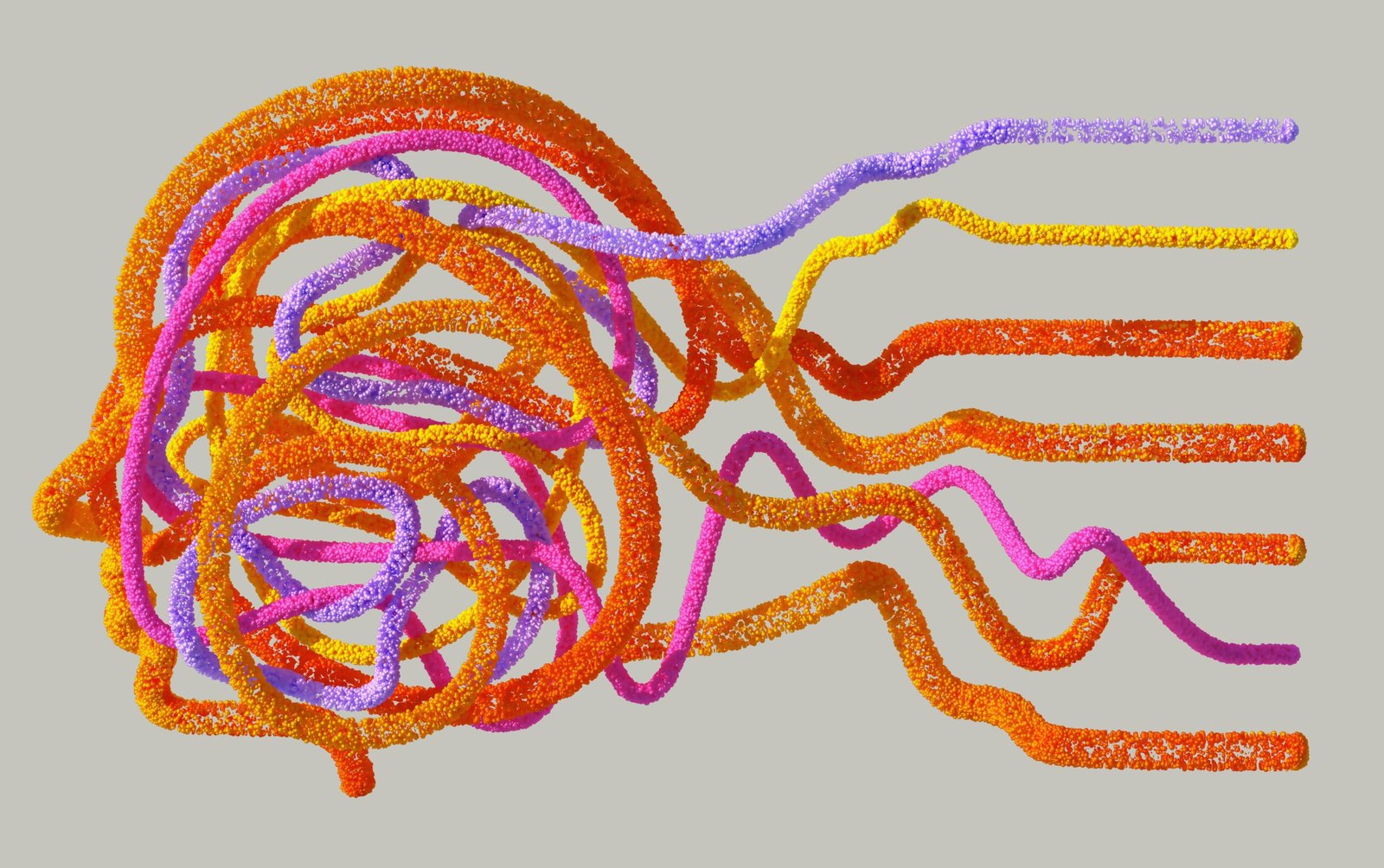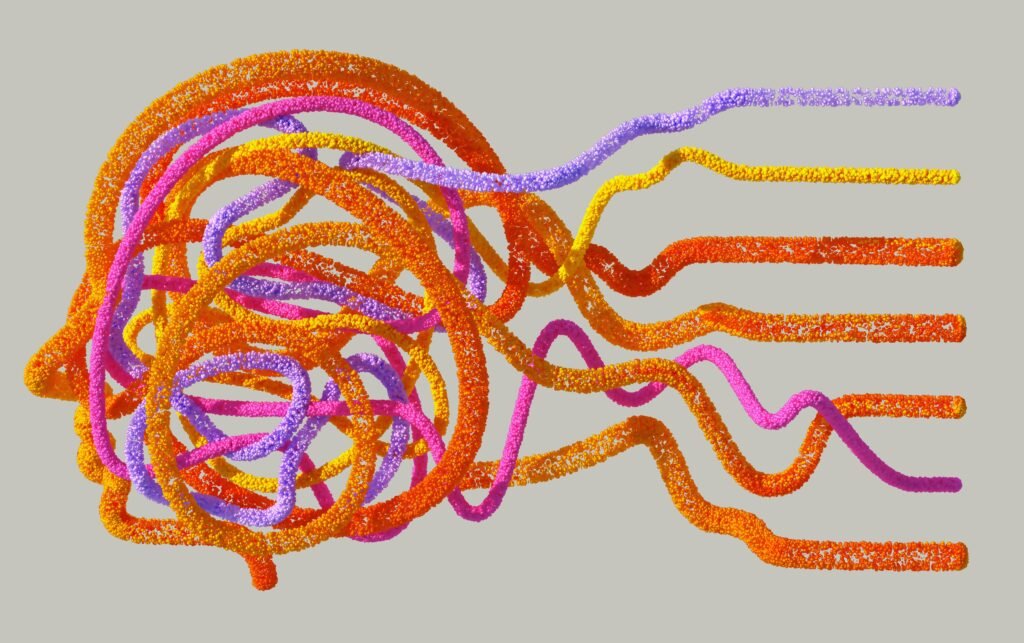🧠 Teaching AI: How Artificial Intelligence Is Changing the Way We Learn and Teach

Artificial Intelligence (AI) isn’t just a futuristic concept anymore — it’s here, in our schools, universities, and training programs. From personalized learning platforms to automated grading systems, teaching AI is reshaping education in ways we never imagined.
But what does teaching AI really mean?
Are we talking about teaching students how AI works, or using AI as a tool to teach better?
Actually, it’s both — and that’s what makes this revolution so exciting.
Let’s explore how AI is transforming education, what it means for teachers and students, and how you can take advantage of it — whether you’re in the U.S., Europe, Canada, or Australia.

🎓 What Does “Teaching AI” Really Mean?
“Teaching AI” has two main meanings:
- Teaching about AI — helping students understand how artificial intelligence works: algorithms, machine learning, data, ethics, etc.
- Teaching with AI — using AI-powered tools to enhance learning: personalized lessons, instant feedback, and intelligent tutoring systems.
In both cases, the goal is the same: to make learning smarter, faster, and more adaptive.
💡 Teaching About AI: Building Future-Ready Skills
As industries adopt automation and AI, AI literacy is becoming a core skill — just like reading or math.
Schools and universities are starting to introduce AI education as part of STEM programs, helping students:
- Understand how AI systems make decisions
- Learn ethical implications of AI use
- Develop critical thinking about data and technology
- Gain hands-on experience through coding or machine learning projects
Countries like the United States, Canada, Germany, and Australia are already adding AI modules to national curricula to prepare students for the digital future.
🤖 Teaching With AI: Smarter Classrooms, Happier Students
AI is transforming how teachers teach and how students learn.
Here’s how AI tools are improving the classroom experience:
1. Personalized Learning Paths
AI analyzes students’ progress and tailors lessons to their strengths and weaknesses.
👉 Tools like Knewton and Century Tech use AI to personalize study plans automatically.
2. Automated Grading
AI helps teachers save hours by grading multiple-choice tests and even short essays — freeing them to focus on creative teaching.
3. Virtual Tutors
AI-powered chatbots can provide 24/7 learning assistance.
For instance, ChatGPT-like systems can answer student questions, explain difficult concepts, and offer study guidance.
4. Language Learning
AI tools such as Duolingo or Babbel use adaptive algorithms to adjust to your learning style and speed.
5. Early Intervention
AI can detect when a student is struggling — based on performance data — and alert the teacher before it’s too late.
🌍 Why Teaching AI Matters Globally
In countries like the U.S., Canada, and across Europe, AI is seen as a key driver of the future economy.
Governments and educational institutions are encouraging AI literacy for everyone, not just engineers.
By 2030, the AI education market is projected to exceed $20 billion, creating opportunities for teachers, developers, and educational content creators worldwide.
Whether you’re a teacher in the U.S. or a student in Australia, understanding AI will soon be as essential as knowing how to use a computer.
🔧 How Educators Can Start Teaching AI
- Start with AI Basics:
Use free platforms like Google’s Teachable Machine or Microsoft Learn AI to introduce concepts interactively. - Incorporate Real-World Examples:
Show how AI powers things students already use — like YouTube recommendations or smart assistants. - Encourage Ethical Discussions:
Teach students about the social and moral sides of AI — fairness, bias, and privacy. - Use AI Tools in Class:
Try platforms like Socratic, Quizlet AI, or ChatGPT to enhance productivity and creativity.
⚖️ Challenges in Teaching AI
While AI brings huge benefits, it also comes with challenges educators must address:
- Privacy concerns about student data
- Over-reliance on automation leading to less critical thinking
- Access gaps between schools with and without AI resources
- Teacher training needs to use AI effectively
Balancing innovation with responsibility is the key to making AI education sustainable.
🚀 The Future of Teaching AI
The future of education will likely be AI-enhanced, not AI-replaced.
Teachers will act as mentors and facilitators, using AI to handle repetitive tasks while focusing on creativity, problem-solving, and emotional intelligence.
In the coming years, we’ll see:
- AI-driven lesson design that adapts in real time
- Global access to personalized tutors
- Ethics-focused AI courses in every school
The next generation won’t just use AI — they’ll understand it.
❓ FAQs About Teaching AI
1. What is teaching AI?
Teaching AI means either educating students about artificial intelligence concepts or using AI tools to enhance the learning experience.
2. How is AI used in classrooms today?
AI helps personalize learning, automate grading, support teachers with data insights, and provide virtual tutoring assistance.
3. Why is it important to teach students about AI?
Because AI is shaping every industry — from healthcare to finance — and understanding it prepares students for the future job market.
4. What are the best AI tools for teachers?
Popular tools include ChatGPT, Khan Academy’s AI tutor, Socrative, and Google Classroom AI integrations.
5. Does AI replace teachers?
No. AI supports teachers by automating tasks and offering insights, but human creativity and empathy remain irreplaceable.
🧭 Final Thoughts
Teaching AI isn’t just about technology — it’s about empowering people to learn, think, and innovate in smarter ways.
As AI continues to evolve, educators who embrace it will help shape a generation ready to lead the future.
Whether you’re teaching AI to students or using it in your lessons, the journey starts now — and the possibilities are endless.





